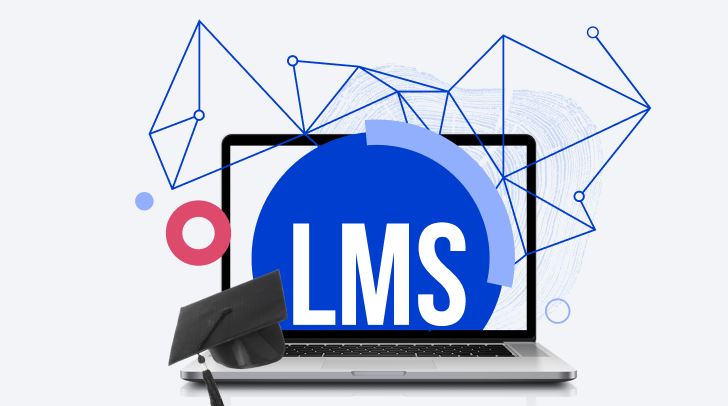
Open-source learning management systems (LMS) have been gaining popularity lately, as they offer many benefits that traditional systems do not.
In this post, we will compare and contrast the two types of LMSs and explain why you might want to choose open source over traditional systems. We will also provide 5 reasons why open-source LMSs are a better choice for your organization.
1. Lower Costs
One of the main benefits of using an open-source LMS is that it can be cheaper than traditional systems. This is because the people who build and maintain these systems are typically volunteers, and there are no proprietary licensing fees to pay. Furthermore, open-source software products also tend to be more reliable since they are developed with a greater emphasis on quality assurance.
2. Greater Flexibility
Another advantage of using an open-source LMS over a traditional system is that you have much more flexibility in how you use it. You can customize it to fit your specific needs, and you can also add new features and functionality yourself. This is not possible with many traditional learning management systems, which are generally designed to be very rigid with limited in scope.
3. Greater Customizability
A third benefit of using an open-source LMS is that it is much more customizable than a traditional system. You can control the look and feel of the software, as well as how users interact with it. This means that you can create a platform that is truly unique for your organization, rather than using a system that has been built by others gang-style.
4. Greater Flexibility of Data Storage
One of the main disadvantages of using a traditional learning management system is that it requires users to store their data in proprietary formats. This can be a major obstacle if you want to integrate your LMS with other applications, such as enterprise resource planning (ERP) or CRM software. With an open-source LMS, however, this is not a concern since all the data is stored in standard XML formats.
5. Greater Customizability and Functionality Related to Learning Management
Last but not least, one advantage of using an open-source LMS is that it is more customisable and functional than a traditional system. You can add features that are specific to your organization, such as online course provisioning or student tracking. Furthermore, open-source LMSs are often much more reliable and bug-free than their traditional counterparts, which makes them an ideal choice for large organizations with complex learning needs.
Disadvantages of Open-Source LMS
There are of course also disadvantages to using an open-source LMS. One of the main factors is that they may not be as widely supported by third-party LMS vendors like Blackbaud LMS as traditional systems, which can make it difficult to find suitable integration solutions. Another downside is that these systems are generally less user-friendly than traditional learning management systems, and may require more technical expertise to set up and use them effectively.
Wrapping Up
Open source solutions have a huge customer base and an overwhelming success rate. They are also the most secure solution for your companies as they are not connected to any third-party service. Moreover, many of them come with advanced features such as analytics so that you can adapt them according to your needs easily.
At present, the number of open-source LMSs is increasing rapidly because they offer a wide range of functionalities that help schools improve their operations in no time.
In case you are yet to make up your mind about what one to choose for your institution, we recommend Blackbaud LMS since it comes with all the basic features like a personal dashboard along with analytics but is free from ads and other annoying distractions!





